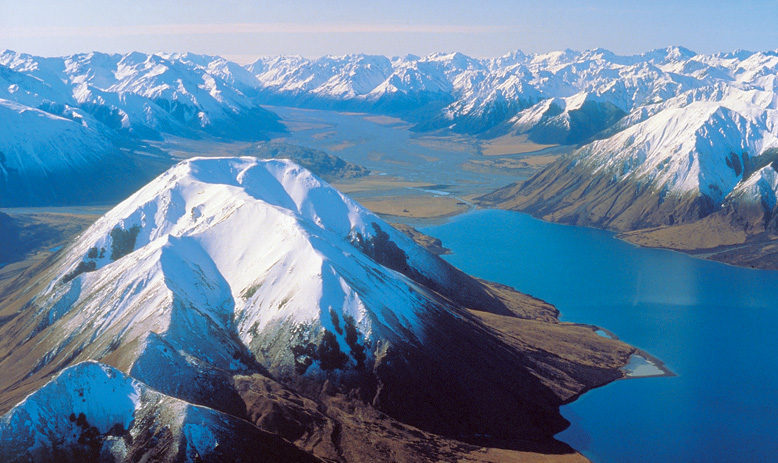
On the South Island of New Zealand, snow is serious business. There’s the skiing, of course, and Kiwi ski culture has a long and storied history, from the Club Fields and their nutcrakers to some of the best terrain on offer anywhere in the Southern Hemisphere. But there’s more to snow culture than just the skiing. There’s sheep, too.
Sheep, you say? What the hell do sheep have to do with snow? A lot, actually. New Zealand is home to over 20 million sheep. That’s six sheep for every New Zealander. Many of those sheep are Merino sheep. You know those fancy base layers we all wear these days? Anyway, those sheep have given the folks at BCA, makers of just about everything to do with backcountry skiing, an idea.
But let’s back up a little. Sheep are mainly farmed in the mountains of the South Island. The farms, called High Country Stations in New Zealand, are like the big ranches in the western US, some of which will span thousands of hectares and have zillions of sheep. The sheep are typically free to roam the land and lots of them spend their time in the high country. These massive homesteads sprawl some of the most beautiful country you’ll ever see and the Southern Alps, which run down the spine of the South Island, are home to the biggest numbers of Merino sheep in the world.
The South Island is famous for its beauty, its sheep and its weather. New Zealand can get oodles of snow, especially in the mountains, but the wind is the great differentiator from other places in the world. The winds on the South Island are intense, travelling uninterrupted around the globe on the Southern Oceans, they slam into the South Island. In a snowstorm, this means drifting. Huge drifting. So much drifting that merino farmers can lose their sheep. When a big storm hits, sheep will cluster together for warmth, but those winds can overwhelm and fully bury them.
Enter Snowraking, which is basically like Search and Rescue for livestock. After a storm, they go out into likely spots to find sheep, sometimes they can even see the snow ripple with movement from a group of sheep, and they trudge up through the snow in single file, ‘raking’ the snow with, well, rakes and broom sticks around them until they find their flock. Because they cluster together, they usually find a few at a time. Once found, they can lead them down to safety. But it’s tough work and isn’t always that effective. There’s also the problem of farmers having to deal with steep slopes, deep snow and avalanche danger.
BCA has been studying Snowraking at their Backcountry Research and Development Lab over the last few years and have found two things: First, lots of sheep farmers like to shred pow and second, why not combine emergency rescue of livestock with a little bit of a leisure? When sheep need rescuing, it’s usually on like donkey kong in the ski world, so why get a bunch of farmers our shredding and potentially gain access to a market of some 20 million animals (more than every backcountry skier in the world) who could carry a specially designed, lightweight transmitter for snow burials?
That’s the beauty. They’re sheep, so it’s safe to say they won’t need a search function. Just a transmitter on the right frequency. Farmers can then be issued with Tracker 3 avalanche transceivers, full backcountry kits and some training and they’ll be good to go. They can ski pow, rescue their livestock and be home in time for a cold beer by day’s end. BCA will not only encourage and help Kiwi ski culture, they’ll be able to contribute to local New Zealand farmers as well as selling more beacons than they’ve sold in their entire history as a company. Win win.
I can hear the gears turning at Mammut and Pieps.
Be safe, ski hard.
2 thoughts on “Snow Raking”